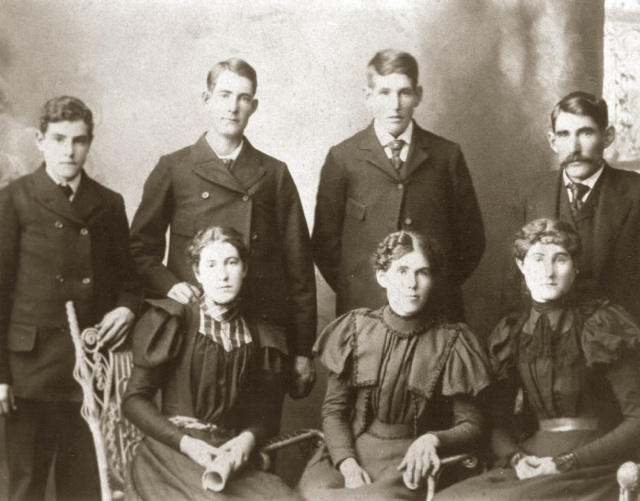
The Children of John T. & Martha Susan Costley Ferrel
The children of John Thomas Ferrel !st and Martha Susan, pictured above, are as follows: Back row: Frank, George, Charles, and Will; front row: Dollie, Nellie, and Carrie. Throughout their lives, George and his children, John Thomas Ferrel II, and his brothers and sisters have returned to Boscobel to visit family and reminisce about the old days. Frank had a barber shop in Boscobel many years ago. Visiting Boscobel is a trip down memory lane --many of the old sights are still recognizable in the town’s historic buildings.
George & Lizzie Pettit Ferrel -- Soddie & Family Homestead
Prairie life and dust bowls in Eastern M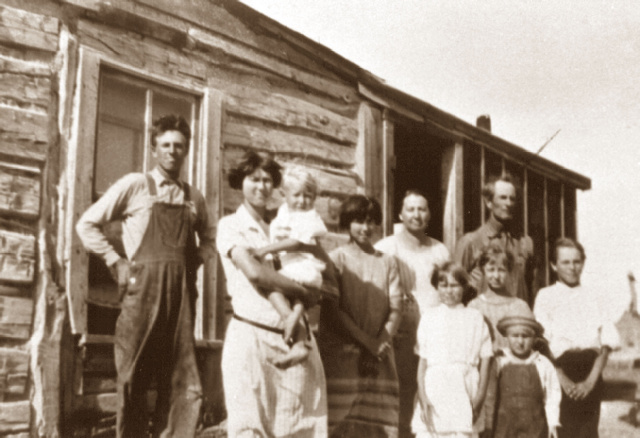 ontana c. 1920’s. Enticed by the Homestead Act, George S. Ferrel, born in 1870, loaded his wife Lizzie (Pettit), whom he married in 1907, their belongings and their dreams into a rail car and headed from their home in Boscobel, Wisconsin to eastern Montana, seeking the promise of free land and the hope of a better life. There they settled and raised a large family, living in a soddie (a sod prairie house). It is there that much of George’s family has its roots today, including my father, John Thomas Ferrel II
ontana c. 1920’s. Enticed by the Homestead Act, George S. Ferrel, born in 1870, loaded his wife Lizzie (Pettit), whom he married in 1907, their belongings and their dreams into a rail car and headed from their home in Boscobel, Wisconsin to eastern Montana, seeking the promise of free land and the hope of a better life. There they settled and raised a large family, living in a soddie (a sod prairie house). It is there that much of George’s family has its roots today, including my father, John Thomas Ferrel II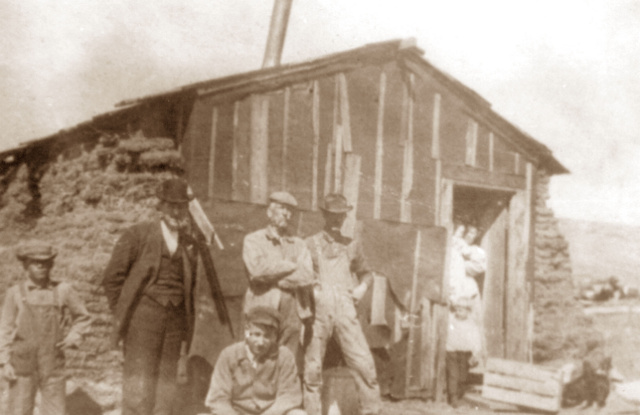 .
.
Life in a sod house was not easy but families managed and were happy. Each child was given one pair of shoes each fall when school began, which had to last all year. The children (ten in all: Emil, Allie, Dolly, Ruth, John Thomas, Genevieve, Ellen, Charles, Nina Pearl, and George) ran barefoot through the summer months until they received another pair of shoes the next fall. The Depression and dust bowl days were hard times. Food and jobs were scarce; and gifts to each other consisted of homemade goods and toys. Pictured above are George and Lizzie Pettit Ferrel and eight of their ten children in front of their homestead in Montana. My father, Tommy Ferrel (John Thomas Ferrel II, 1915-2008) is standing on the far right.
Though times were lean and work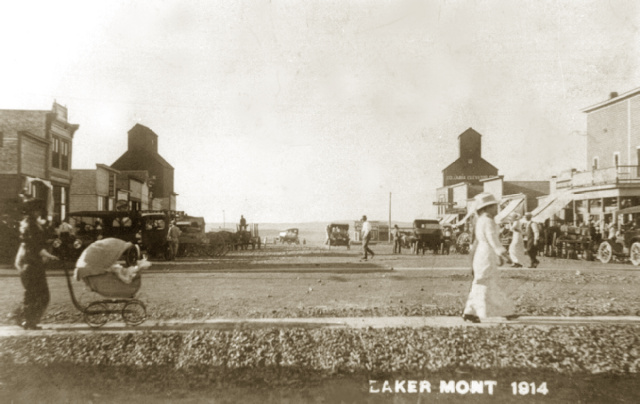 was difficult, families were close. Adversity had a way of uniting families and friends. During the Depression, the Ferrels lost the homestead; there was no grass to feed the livestock, and cattle had to be shot. It was a dust bowl all the way to Texas. Remnants of the old home have faded away outside of Cabin Creek. George and Lizzie are buried in the Ollie Cemetery along with other Ferrel family members from the Ollie and Baker, Montana area.
was difficult, families were close. Adversity had a way of uniting families and friends. During the Depression, the Ferrels lost the homestead; there was no grass to feed the livestock, and cattle had to be shot. It was a dust bowl all the way to Texas. Remnants of the old home have faded away outside of Cabin Creek. George and Lizzie are buried in the Ollie Cemetery along with other Ferrel family members from the Ollie and Baker, Montana area.
- Colonial American History Note -
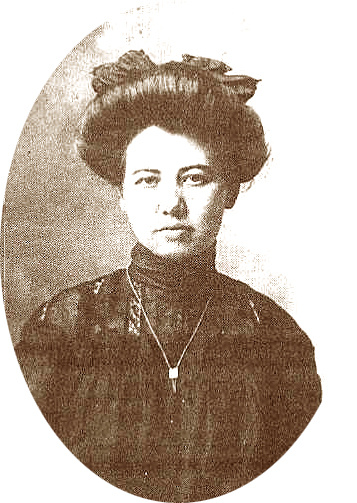 Elizabeth “Lizzie” Pettit Ferrel, wife of George, descended through her mother’s line from the Scottish Covenanters of the Pierce family who fled Scotland for England (and helped establish the Presbyterian Church) and then came to the American colonies. Father: Richard, sons: Capt. William, Capt. Michael-our g-g-g-g-grandfather, and Capt. John Pierce, who along with other ships, owned the Mayflower bringing many immigrants to the new world. The Pierces were adventurers, and lived in Plymouth Colony, Massachusetts in the mid 1600s. Our ancestor, Capt. Michael Pierce, was an Ensign under Capt. Miles Standish and later became a Captain in the Colonial Militia during King Phillip's War. Capt. Pierce and a small group were ambushed and killed by Canonchet, a Narragansett Indian. Between 300-600 warriors (some estimates say 1,000) ambushed Michael Pierce and his small party of about 83 individuals on March 26, 1676.
Elizabeth “Lizzie” Pettit Ferrel, wife of George, descended through her mother’s line from the Scottish Covenanters of the Pierce family who fled Scotland for England (and helped establish the Presbyterian Church) and then came to the American colonies. Father: Richard, sons: Capt. William, Capt. Michael-our g-g-g-g-grandfather, and Capt. John Pierce, who along with other ships, owned the Mayflower bringing many immigrants to the new world. The Pierces were adventurers, and lived in Plymouth Colony, Massachusetts in the mid 1600s. Our ancestor, Capt. Michael Pierce, was an Ensign under Capt. Miles Standish and later became a Captain in the Colonial Militia during King Phillip's War. Capt. Pierce and a small group were ambushed and killed by Canonchet, a Narragansett Indian. Between 300-600 warriors (some estimates say 1,000) ambushed Michael Pierce and his small party of about 83 individuals on March 26, 1676.
'Captain Pierce cast his sixty-three English and twenty Indians into a ring, and six fought back to back, and were double, double distance all in one ring, whilst the Indians were as thick as they could stand thirty deep. ’ Canonchet killed Pierce and eight of his men. There is a monument called Nine Men’s Misery built in the memory of the slain Englishmen. It was the first ever monument built for veterans.’ -Russ
On her paternal side, Elizabeth descended from Thomas Pettit, who was involved in a religious rebellion against the Puritan church in Massachusetts Bay Colonyin 1637, along with Rev. John Wheelwright and Anne Hutchison ( who knew the Rev. Thomas Hooker). Thomas Pettit was arrested on suspicion of slander, insubordination, and inciting a riot. He was convicted and sentenced to receive thirty lashes and to be held in gaol. Thomas and others were later released after agreeing to leave the colony within ten days. They followed Wheelwright and established the city of Exeter and the Congregational Church.